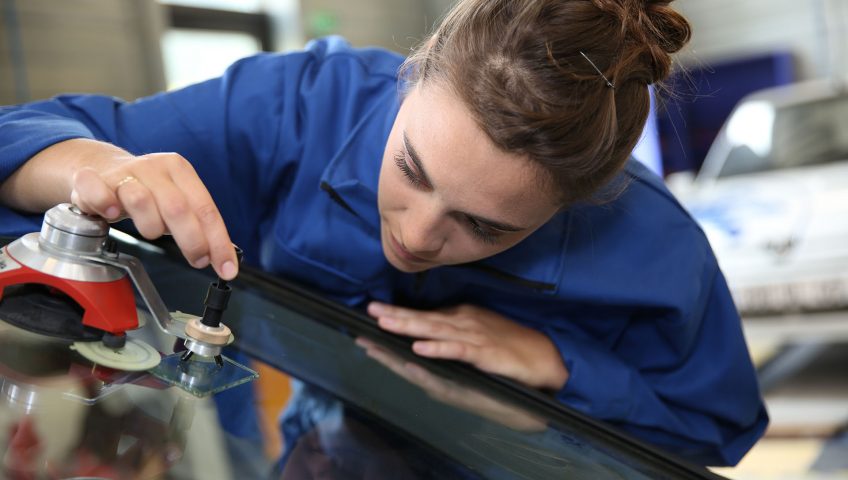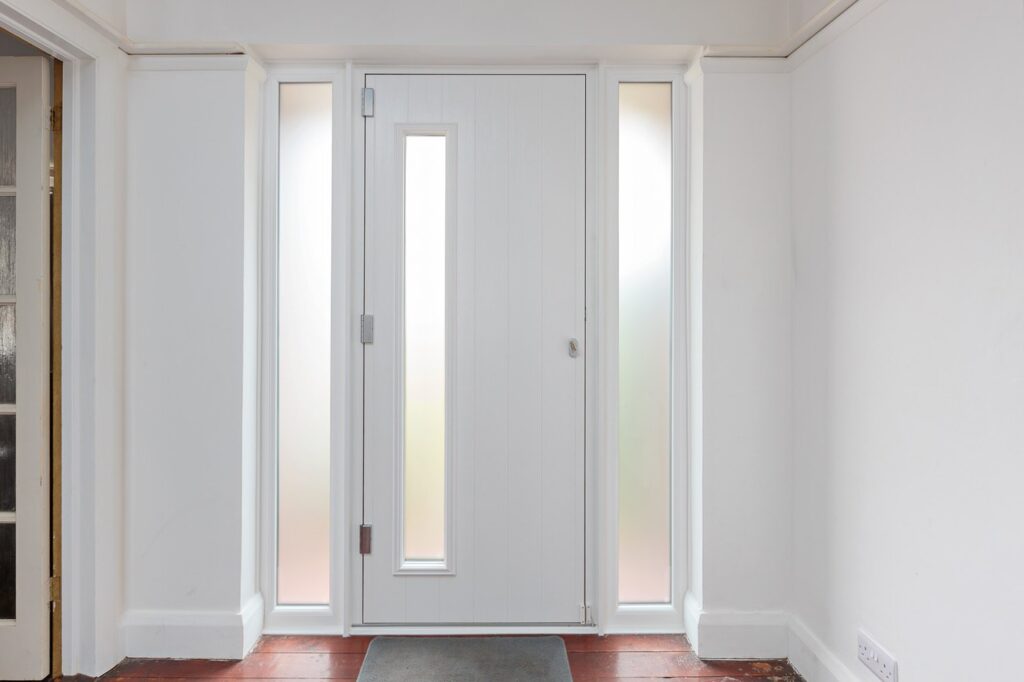Understanding Windshield Safety Standards in Vaughan, Ontario
Windshield safety is a critical aspect of vehicle maintenance and road safety. In Vaughan, Ontario, as in the rest of Canada, strict windshield safety standards are in place to ensure the well-being of drivers, passengers, and pedestrians. Understanding these regulations can help vehicle owners maintain compliance, enhance safety, and avoid costly fines or repairs. For professional assistance in maintaining windshield safety standards, visit https://ramautoglass.ca/windshield-repair-vaughan/. This blog post delves into the importance of windshield safety, relevant regulations in Vaughan, and how to ensure your vehicle meets the required standards.
The Importance of Windshield Safety

Your windshield does more than provide a clear view of the road; it plays a vital role in vehicle safety. A properly installed and maintained windshield:
Protects passengers from external elements such as wind, rain, and debris.
Maintains the structural integrity of the vehicle, especially in the event of a rollover accident.
Ensures airbags deploy correctly, as they rely on the windshield for proper positioning and impact absorption.
Enhances visibility and reduces glare, helping drivers navigate safely.
A compromised windshield can lead to increased risks, including impaired visibility, weakened vehicle structure, and failed safety systems. Therefore, staying informed about windshield safety standards is crucial for every vehicle owner.
Windshield Safety Standards in Vaughan, Ontario
In Vaughan, windshield safety regulations fall under the Ontario Highway Traffic Act (HTA) and the National Safety Mark (NSM), which outline acceptable windshield conditions for roadworthy vehicles. The following key points summarize Ontario’s windshield safety standards:
- Visibility Regulations
A windshield must be free from cracks, chips, or obstructions that impede the driver’s view.
Any damage in the primary viewing area (the area directly in front of the driver) should not exceed 12mm (approximately the size of a dime).
Windshield wipers must function properly, ensuring a clear line of sight during adverse weather conditions.
- Structural Integrity and Repairs
Cracks that extend beyond the driver’s viewing area must not compromise the overall strength of the windshield.
If the damage is too severe, a full windshield replacement is required to meet safety standards.
Windshield replacements must adhere to the Original Equipment Manufacturer (OEM) standards or equivalent safety standards.
- Tinted Windows and Coatings
In Ontario, the windshield must allow at least 70% of light to pass through; heavily tinted or reflective coatings that reduce visibility are prohibited.
Aftermarket tints or films applied to windshields and front windows must comply with the provincial regulations to ensure adequate visibility for both the driver and law enforcement officers.
Ensuring Compliance with Windshield Safety Standards
Vehicle owners in Vaughan should take proactive steps to maintain their windshield’s safety and compliance with regulations. Here are some practical tips to ensure your windshield remains in top condition:
- Conduct Regular Inspections
Check your windshield for cracks, chips, or signs of damage regularly, especially after long drives or extreme weather conditions.
Ensure windshield wipers function properly and replace them if they show signs of wear.
- Repair Minor Damage Promptly
Small chips and cracks can quickly expand, compromising the integrity of the windshield. Address minor damage immediately to prevent the need for a full replacement.
Professional windshield repair services use advanced resin injection techniques to restore strength and visibility without replacing the entire windshield.
- Use Quality Replacement Glass
If replacement is necessary, always opt for high-quality glass that meets or exceeds OEM standards.
Work with certified auto glass technicians in Vaughan who follow industry standards for installation and bonding, ensuring a secure and long-lasting fit.
- Be Mindful of Temperature Changes
Sudden temperature changes can cause small cracks to spread. Avoid blasting hot air on a frozen windshield or using cold water to remove ice.
Park in shaded areas or use windshield covers to minimize temperature-related stress on the glass.

Legal Consequences of Non-Compliance
Failing to adhere to windshield safety standards can lead to legal and financial consequences. In Ontario, driving with a damaged windshield that obstructs visibility can result in:
Traffic fines and penalties.
A failed vehicle safety inspection, preventing renewal of registration or insurance.
Increased risk of liability in case of an accident due to negligence.
To avoid these complications, ensure that your vehicle’s windshield remains in compliance with safety standards at all times.
Understanding and adhering to windshield safety standards in Vaughan, Ontario, is essential for every driver. A well-maintained windshield enhances safety, improves visibility, and prevents legal troubles. By conducting regular inspections, addressing damage promptly, and working with certified professionals for repairs or replacements, you can ensure your vehicle remains roadworthy and compliant with provincial regulations.
For those in Vaughan looking for professional windshield repair and replacement services, choosing a reputable provider ensures high-quality workmanship and adherence to safety standards. Prioritizing windshield maintenance is not just a legal requirement—it’s a crucial step toward safer driving for everyone on the road.
Address
Ram Auto Glass
78 Tierra Ave, Maple
ON L6A 2Z4, Canada
Phone: +1 647-892-4819


 Insulin-like Growth Factor 1 (IGF-1) is a peptide hormone with essential functions in human physiology, primarily influencing growth and development. It plays a crucial role in cellular processes such as growth, differentiation, and metabolism. Research on IGF-1 has expanded across various fields, including endocrinology, oncology, and regenerative medicine. Scientists utilize IGF-1 peptides to explore their potential therapeutic applications, making them vital for advancing our understanding of human health and disease.
Insulin-like Growth Factor 1 (IGF-1) is a peptide hormone with essential functions in human physiology, primarily influencing growth and development. It plays a crucial role in cellular processes such as growth, differentiation, and metabolism. Research on IGF-1 has expanded across various fields, including endocrinology, oncology, and regenerative medicine. Scientists utilize IGF-1 peptides to explore their potential therapeutic applications, making them vital for advancing our understanding of human health and disease. Golf carts in Pennsylvania serve a multitude of purposes beyond the golf course. From recreational use in residential communities and campgrounds to practical applications in industrial settings and event venues, these vehicles are designed to cater to diverse needs.
Golf carts in Pennsylvania serve a multitude of purposes beyond the golf course. From recreational use in residential communities and campgrounds to practical applications in industrial settings and event venues, these vehicles are designed to cater to diverse needs.


 Plumbing disasters are every homeowner’s nightmare. From burst pipes to clogged drains, these issues can wreak havoc on your home and your wallet if left unchecked. However, with a little proactive maintenance and some preventative measures, you can significantly reduce the risk of plumbing disasters in your home. In this guide, we’ll explore some practical tips to help you keep your plumbing system in top condition and avoid potential disasters.
Plumbing disasters are every homeowner’s nightmare. From burst pipes to clogged drains, these issues can wreak havoc on your home and your wallet if left unchecked. However, with a little proactive maintenance and some preventative measures, you can significantly reduce the risk of plumbing disasters in your home. In this guide, we’ll explore some practical tips to help you keep your plumbing system in top condition and avoid potential disasters. While regular maintenance checks are essential, it’s also a good idea to schedule professional inspections of your plumbing system at least once a year. A licensed
While regular maintenance checks are essential, it’s also a good idea to schedule professional inspections of your plumbing system at least once a year. A licensed